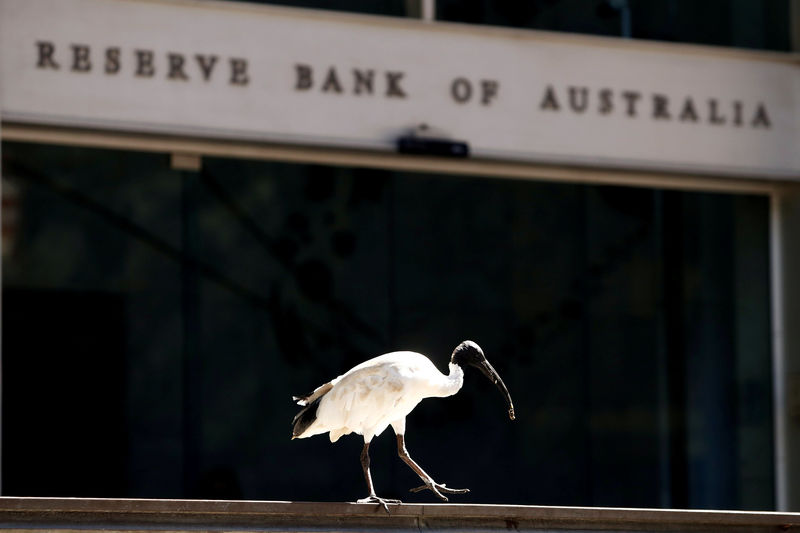Investing.com -- The Reserve Bank of Australia raised interest rates on Tuesday, warning that inflation still remained too high in the country and that more policy tightening may still be in order this year.
The RBA hiked its cash target rate by 25 basis points (bps) to 4.10%, ducking expectations from a slim majority of analysts that the rate would remain steady. The hike, which follows an unexpected raise in May, puts interest rates above 4% for the first time in nearly 12 years.
The Australian dollar shot up 0.7% after the hike, given that high interest rates make the currency appear more attractive.
Wednesday’s move comes as recent data showed Australian consumer inflation unexpectedly rose in April, moving back towards 30-year peaks amid stubbornly high housing and fuel prices. The reading for April put inflation at 6.8%, below a peak of over 8%, but still well above the RBA’s 2% to 3% annual target range.
Governor Philip Lowe acknowledged as much on Tuesday, stating that inflation is “still too high,” and that high prices would cause more economic damage than a near-term rise in interest rates.
“Recent data indicate that the upside risks to the inflation outlook have increased and the Board has responded to this. While goods price inflation is slowing, services price inflation is still very high,” Lowe said in a statement.
He also warned that weak household spending and below-average economic growth were likely on the horizon.
While other data showed that Australia’s red-hot labor market somewhat cooled in April, it still remained largely upbeat, putting more upside pressure on inflation. Unemployment also remained pinned near 50-year lows.
But other signs still showed that the Australian economy was cooling. While the country logged a stronger-than-expected current account surplus in the first quarter, an unexpected drop in its trade surplus was set to knock 0.2 percentage points from the first quarter GDP.
Still, the RBA warned that “some further tightening of monetary policy may be required” to bring inflation back within its target range, a scenario the bank sees happening only by mid-2025.
Australian economic growth is set to worsen in the interim, with a reading on first-quarter GDP due on Wednesday.
